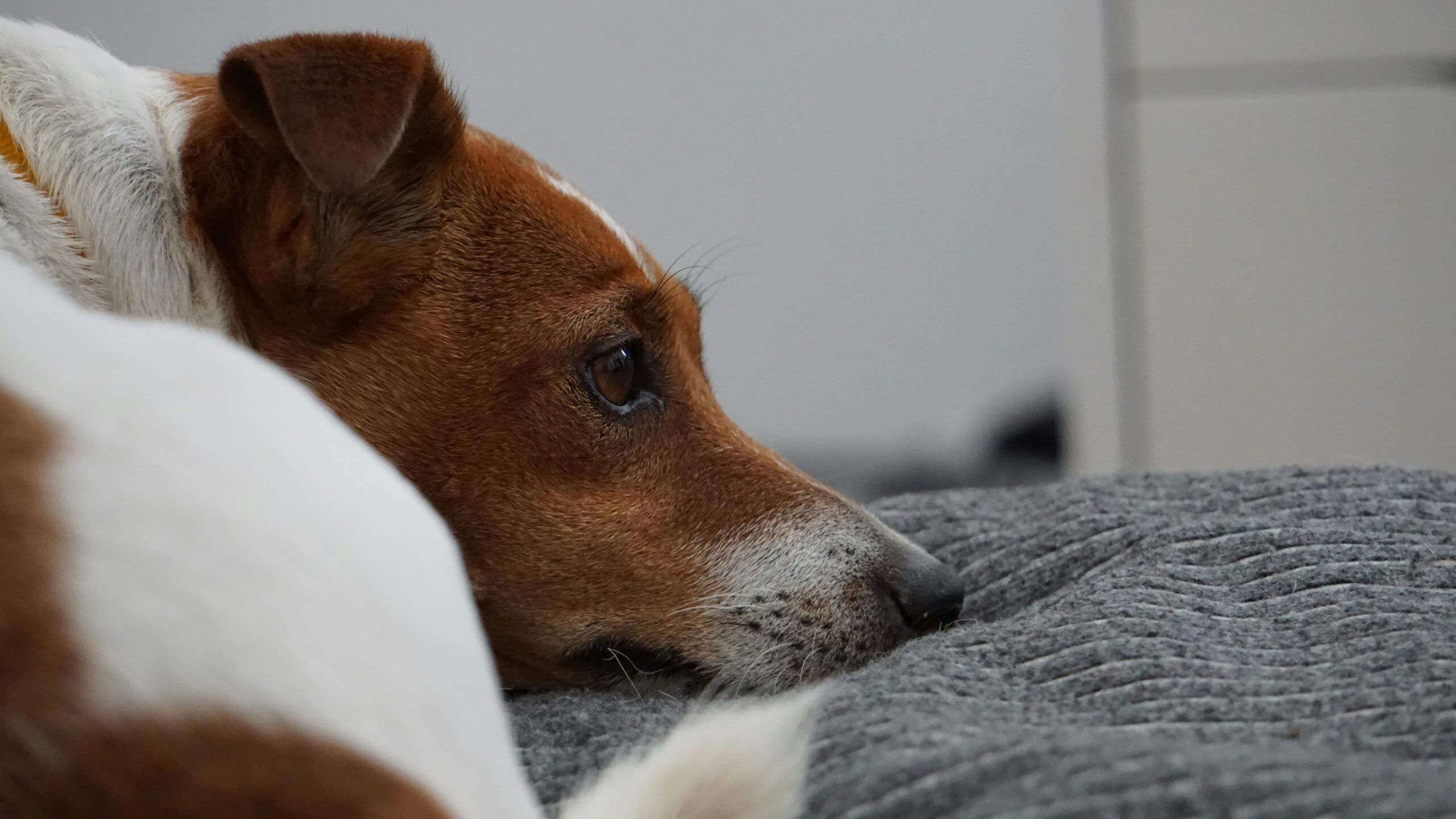
Does Dog Joint Pain Get Worse in the Cold?
Cold weather can be tough on dogs, especially those with joint issues. Some dogs seem stiffer or slower when temperatures drop. Changes in temperature, reduced activity, and colder surfaces can all contribute to discomfort. Understanding how winter affects your dog’s joints can help you keep them comfortable.
Key Takeaways
- Cold weather may cause stiffness and discomfort in dogs.
- Reduced activity in winter can lead to joint stiffness.
- Warm bedding and indoor spaces help keep dogs comfortable.
- Gentle movement and massage can support joint flexibility.
- Protective paw care prevents irritation from cold surfaces.
How Cold Weather Affects Dog Joints
Many dogs move more slowly in the winter. Stiffness in the morning or after resting is common. If your dog takes longer to get up or avoids certain movements, they may be feeling the effects of the cold.
Colder temperatures may reduce blood flow to joints. This can cause discomfort, especially in older dogs. If you’re wondering, does cold weather affect dog's joints?, watching for changes in movement can help you spot discomfort early.
Signs of Joint Discomfort in Dogs
Some dogs show obvious signs of stiffness, while others try to hide discomfort. If your dog hesitates before jumping, avoids stairs, or moves more slowly, their joints may be bothering them.
Shaking, licking joints, or showing sensitivity when touched are other common signs. If your dog seems restless or avoids lying down, they may be struggling to find a comfortable position. If you’re unsure, these signs of pain in dogs may help you figure out what’s going on.
Related: How Do I Know if My Dog Has Joint Pain?
Helping Your Dog Stay Active in Cold Weather
Movement is important for keeping joints flexible. Short, gentle walks help prevent stiffness. If it’s too cold outside, indoor play can keep your dog active.
Walking on soft surfaces, like grass or snow, is easier on joints than pavement. Keep an eye on your dog’s energy levels. If they seem tired or uncomfortable, shorter walks may be better.
Protecting Paws from Cold Surfaces
Cold pavement and ice can be harsh on paws. Walking on cold surfaces may cause stiffness or discomfort. If your dog hesitates before stepping outside, they may be trying to avoid the cold.
Using booties or paw balm can help protect sensitive feet. A good Joint Spray for Dogs can provide additional support. Regular paw care helps keep your dog comfortable during winter walks.
Creating a Warm and Comfortable Resting Area
A soft, supportive bed can make a big difference. Cold floors can be uncomfortable, so placing a blanket or padded surface under their bed helps. Some dogs enjoy heated beds, while others prefer thick blankets.
Keep your dog’s sleeping area away from drafts. If they usually sleep on a hard floor, adding extra cushioning can help reduce pressure on their joints. A cozy, warm spot makes rest more comfortable.
Related: Cold Weather Dog Tips: How to Keep Your Pup Warm and Safe This Winter
Using Gentle Massage and Stretching
Light massage can help increase circulation and loosen tight muscles. Using slow, gentle strokes along the legs, back, and shoulders can make movement easier.
Stretching can also help keep joints flexible. Encourage slow, controlled movement rather than sudden jumps or quick turns. If your dog enjoys belly rubs, gently stretching their legs while they’re relaxed can help maintain flexibility.
Bathing and Grooming for Joint Comfort
Warm baths can relax muscles and joints. Use a mild, soothing shampoo designed for comfort, like Joint Comforting Shampoo for Dogs.
After a bath, dry your dog completely. Damp fur can make them colder, leading to stiffness. Keeping their coat well-groomed helps with insulation and warmth.
Adjusting Outdoor Time Based on Temperature
Cold weather can make it harder for some dogs to move comfortably. If temperatures drop too low, shorter outings may be better.
If you’re unsure how long can my dog be outside?, watch for signs of discomfort. If your dog shivers or lifts their paws off the ground, they may be getting too cold.
Diet and Hydration for Joint Health
Staying hydrated supports joint function. Dry winter air can make dogs lose moisture, even if they aren’t panting. Fresh water should always be available.
A balanced diet with the right nutrients helps keep joints strong. If your dog’s appetite changes in winter, adjusting their portions or food type may help. If you’re unsure about their needs, keeping an eye on weight changes can help you adjust their meals.
Knowing When to Adjust Activities
Some dogs struggle more with cold weather than others. If your dog seems more tired or hesitant to move, they may need a break.
If your dog has difficulty getting up or seems uncomfortable, checking for signs of pain in senior dogs can help you spot any issues early. Paying attention to small changes in behavior can help you figure out when they need more support.
Can Cold Weather Worsen Dog Arthritis?
Cold weather doesn’t cause joint problems, but it may make existing issues more noticeable. Dogs with arthritis often seem stiffer in winter. The cold may make it harder for them to move as easily as they do in warmer months.
If your dog struggles with movement, you may want to ease dog arthritis by making a few adjustments to their routine. Warmer indoor spaces, light activity, and joint care can all help them feel better.
Keeping Your Dog Comfortable This Winter
Cold weather can make joint stiffness more noticeable, but small changes can help. Providing warmth, gentle exercise, and paw protection makes winter more comfortable. Watching for changes in movement or behavior helps you adjust their routine as needed.
Need extra support for your dog’s joints? Learn more about how to help with dog arthritis and keep them feeling their best.
Conclusion
Cold weather can make movement harder for some dogs. Keeping them warm, active, and comfortable helps reduce stiffness. Small changes in their routine can make a big difference.
Share
